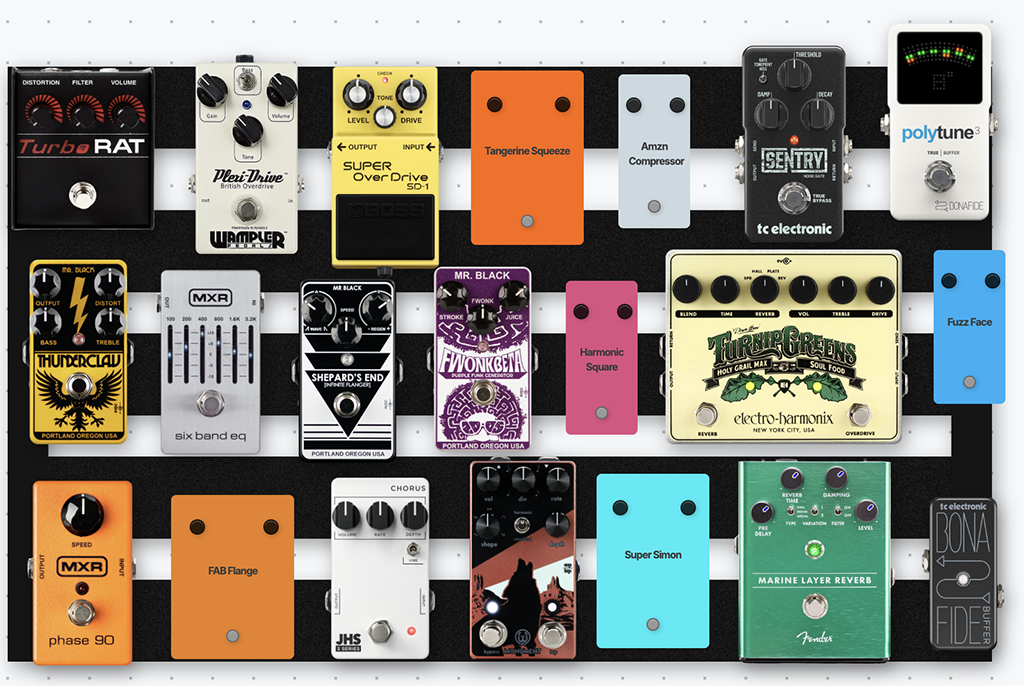 If you play electric guitar or bass, you’re familiar with the term “pedalboard”.
If you play electric guitar or bass, you’re familiar with the term “pedalboard”.
That’s those rows of foot switches you see at concerts. The guitarist is playing something, steps forward, taps one of those switches, and suddenly the guitar sounds different. These individual pedals are strung together like a daisy chain, and can add reverb, tremolo, distortion, high gain, overdrive, delay, fwonkiness, and many other fun things. A lot of typical guitar sounds you hear in songs – metal, industrial, classic rock, grunge, etc. – would be impossible without guitar effect pedals. Indeed, many guitarists; signature sounds are the result of careful synthesis not only of their instrument but also the effects chain on the way to the amp.
Typically, a guitarist arranges their lineup of pedals on a pedalboard, which is simply an metal box onto which velcro is mounted. The pedals can be rearranged on the velcro…and that leads to the world of pedalboard apps.
Pedalboard Planners
Guitar pedals is an addictive illness. The urge to add another neat little modular piece of gear you can swap in and out, and turn on and off at will, is irresistible. Plus this one has different dials and options that this one, and this one sounds a little different, this one is legendary, this one is made by a boutique pedal maker who supplies your favorite band, this one is endorsed by your favorite band, and then there’s that guy on reddit who really recommends, and this one has such a cool name…soon you have enough you need a pedalboard planner.
The concept is simple enough: have a database of pedalboards, and a database of pedals. Then present the user with a GUI to drag and drop pedals onto the board. This way, space can be mapped out. Some of the fancier ideas include added in power supply info, and then calculating if there are sufficient power drops and amperage.
This certainly is an improvement over the old advice: find out the size of the board, tape it out on the floor, and move your pedals around.
It wasn’t long before pedalboard makers decided this kind of app was a nice feature to offer to their customers. They spun up apps, and of course, in their apps only their pedalboards were featured. Pedaltrain’s app was great in the day but seems very buggy now, unfortunately. Rockboard also makes one, as do others.
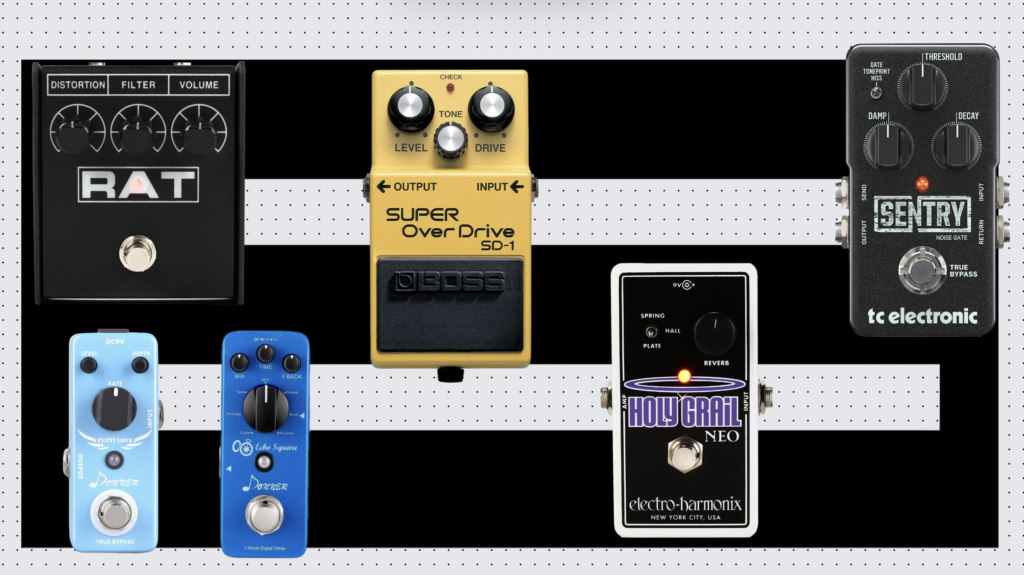
Indy Apps
This is a case where indy apps are better. I speak as someone who recently assembled a pedalboard and spent time planning out what would fit where. I found these apps invaluable. There are two I’d recommend.
The first is Pedalboard.app, which is the most feature-rich. It can keep track of power, and allows you to save and manage multiple pedalboards. You can also tag your board and search for other boards with similar tags. One thing I don’t like is that if you create a custom pedal that isn’t in their database – and inevitably, you will have to with any app – you can’t put text on it and label it. It’s just a colored blob.
My second pick, Pedal Playground, allows you to do that. However, it doesn’t have an online save (you can download json) or way to manage multiple boards, and it doesn’t manage power for you.
Feature Requests
I wish both boards allowed the user to upload their own pedal images. What I end up doing is planning out my board with placeholders, then take it into Photoshop to get a final image. But I’m overly intense like that. Your average user is going to use these apps only once or twice, when they upgrade or change boards. The important thing is getting the planning correct.
On that note, it’d be nice if these apps allowed you to mark wiring/connection paths as well. But again we’re getting into “ongoing documentation” which your average non-anally-retentive guitarist is probably not going to get into.


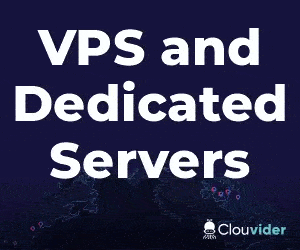
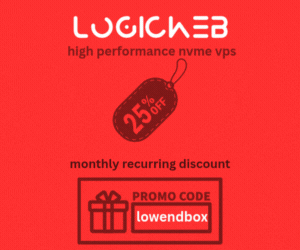












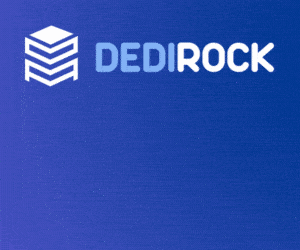
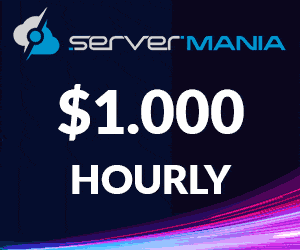
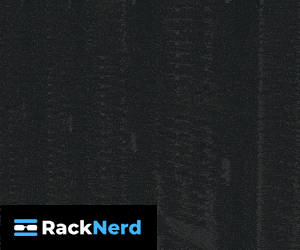
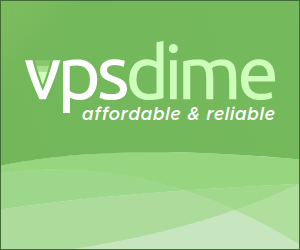


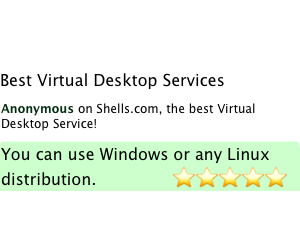
Leave a Reply